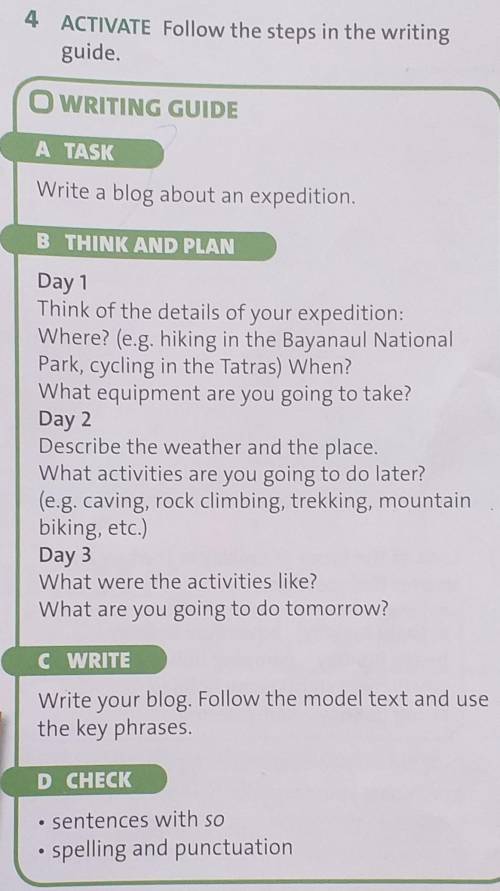
1. Is there a bookcase and a table in her room?
2. There is a clock in the dining room.
3. There isn't light in the room.
4. There are many trees in the street.
5. There are some boys and girls in the yard.
6. What is there on the wall?
7. There is a map on the wall.
8. There aren't notebooks there
9. Are there pictures in your room?
10. How many apple trees are there in this garden? 11. There are twelve apple trees in this garden. 12. Is there any chalk on the table? No, there isn't any chalk on the table. 13. There isn't any paper in your bag, isn't there? 14. There are some girls in the park, aren't there? 15. Are there any books on your table? Yes, there are some. 16. There is some bread on the plate. 17. There isn't any milk in the glass.18. There isn't any milk in the jar.
II. 1. There are five children in the park.
2. There is a cat on the sofa.
3. There are three little balls on the floor.
4. There is a big dog in the hall
5. There is a cake in the picture.
III. 1. There is. 2. There are 3. ...is there a restaurant...? 4. How many students are there in your group? 5. Are there many people ...? 6. There are 24 hours ...
7. This box is empty. There is nothing in it.
Объяснение:
Т.к. все предложения однотипны, правила перевода советов /приказов/предложений указаны в блоке "Теория".
2) 'Choose a quiet casual place for the date.'
My brother adviced me to choose a quiet casual place for the date.
3) 'Don't be late.'
My mother told me not to be late.
4) 'Plan some interesting topics to talk about with your date.'
My father advised me to plan some interesting topics to talk about with my date.
5) 'Don't talk all the time.'
My sister told me not to talk all the time.
6) 'Be a good listener.'
A friend advised me to be a good listener.
Теория:Для перевода в косвенную речь советов , предложений и приказов используется следующая конструкция:
Глагол сообщения (т.е. tell, advise, order, request, etc.) + дополнение (т.е. на кого направлено действие, кому адресована реплика: me, him, her, them, etc.) + инфинитив с частицей to.В случае, когда в прямой речи в повелительном наклонении используется отрицание (don't; относится к предложениям 3 и 5), в косвенной речи к глаголу добавляется частица not перед инфинитивом.
!! В прямой речи в 4м предложении используется местоимение your, но т.к. эта речь направлена к местоимению I, от первого лица your будет изменено на my.